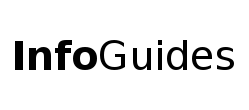

Jamovi is a free, open-source, standalone software that offers a point-and-click interface for R. It is in rapid development with new features being added every few months, and was started by developers who worked on JASP. It offers the power of R, including advanced analyses such as mixed models and factor analysis, with an interface elements that SPSS-users will recognize. Functionality can be replicated within R through the jmv package.
It has all the advanced analyses that experienced researchers need. But, it is even great for students learning to do statistics because it dramatically cuts the number and length of the files that are generated:
Modules add functionality to Jamovi (how to add modules)
Jamovi maintains links to additional resources at Community Resources
Part of the reason I think Jamovi is great for many people is the simplicity of it's interface coupled with the ability to do even advanced analyses and graphing. Most of what is left out is unnecessary, but if you are interested in switching, here is a list of things that it cannot do.
Items that are crossed out indicate features that have been added in recent versions.
Jamovi does the vast majority of what SPSS does. It also does many things SPSS does not.
But, to be complete, in addition to the limitations described above:
(See also jamovi's comparison of analyses)
Missing Analyses:
Missing Time-Saving Tools
Offered differently or less completely:
Ask a Librarian | Hours & Directions | Mason Libraries Home
Copyright © George Mason University